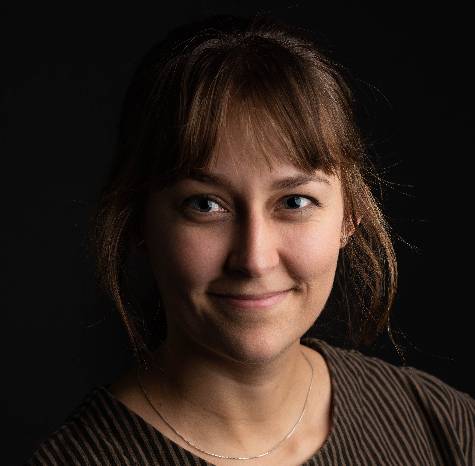“With a commitment to student success at UVU, Roots of Knowledge facilitates interdisciplinary and multicultural education and inspires investment in the story of humanity. We are ever evolving to meet the needs of our community by enabling dialogue and community connection.”
Utah Valley University (UVU) witnessed substantial growth since its modest start in 1941. What began as a vocational school during World War II is today the largest university in the state of Utah. To coincide with its 75th anniversary in 2016, UVU unveiled an ambitious public art project of extraordinary proportions: Roots of Knowledge.
Roots of Knowledge portrays a story of human achievement and the pursuit of learning through time. The roots and branches that weave through each column signify the interdependence of the human family. “The Tree of Knowledge” in column A marks the beginning of time and invites us to reflect upon our origins. Concluding the work in column Z, “The Tree of Hope for Humanity” calls us to conscientiously shape the world of which we dream.
We welcome all visitors to engage with Roots of Knowledge through ongoing dialogue and compassionate curiosity. Though this artwork is unchanging, the discourse around it is ever evolving. We encourage the diversity of perspectives necessary for interpreting this work and its impact; understanding our rich and complicated past is essential to building a hopeful future.
Holdman Studios created Roots of Knowledge in collaboration with Utah Valley University, under the direction of former UVU president Matthew Holland. The privately-funded project spanned twelve years from conception to completion, with four years of active construction. The final installation in Fulton Library extends 154 feet, with 80 windows and more than 40,000 pieces of stained glass.
The panes of vibrantly-colored glass represent Holdman Studios’ interpretation of the history of knowledge, including major inventions such as the printing press; important figures such as Joan of Arc and the Kangxi Emperor; major world events, such as Scotland’s Declaration of Arbroath and the American Civil Rights Movement; and thousands of other historical figures, tools, and events. Altogether, Roots of Knowledge incorporates thousands of pieces of glass, as well as actual rocks, fossils, coins, moldavite, petrified wood, and coral.
Our dedicated and trained team hosts visitors, gives tours, coordinates community and university events, develops educational materials, and facilitates K–12 field trips. We strive to be a bridge between the university and the local community, serving as an accessible destination for lifelong learning. We are ever evolving to meet the needs of our community and would love to hear from you.

Curator
Kindia du Plessis

Docent SUPERVISOR
Christine Wasserbaech

Assistant
Eden Christensen
Roots of Knowledge docents are student employees who are trained to provide tours and host visitors to the gallery. Based on their own ongoing research and study, each docent brings a unique perspective to conversations about the artwork.
Docents are available M–F 9:00 am–8:00 pm and Saturday 11:00 am–5:00 pm, with the exception of campus holidays or special events (see our calendar).
Utah Valley University embraces our unique responsibility of stewardship to this crossroads region. We honor the historical and contemporary contributions of indigenous people to the academic fields we study and the community in which we live.
UVU respects sovereign relationships with state and federal governments and will continue to work in partnership with tribal nations to deliver community outreach, educational programming, and academic support to Utah’s Native Nations.